The arrival of the digital age has brought upon us a new way of storing, creating, and deleting data. In the form of virtual files and documents, the modern practice of doing any kind of work, be it private, school, or business, cannot be imagined without the use of computers and all the accompanying technology.
Be that as it may, there are many ways in which people can end up without their precious files. Hackers and poor security while transferring and sharing data are two of the biggest concerns in the tech world. This is why companies in all sectors are increasingly paying more attention to the safety of data transfer with each new update and with each new device, and making sure to use GoAnywhere for secure file transfer software to transfer data.
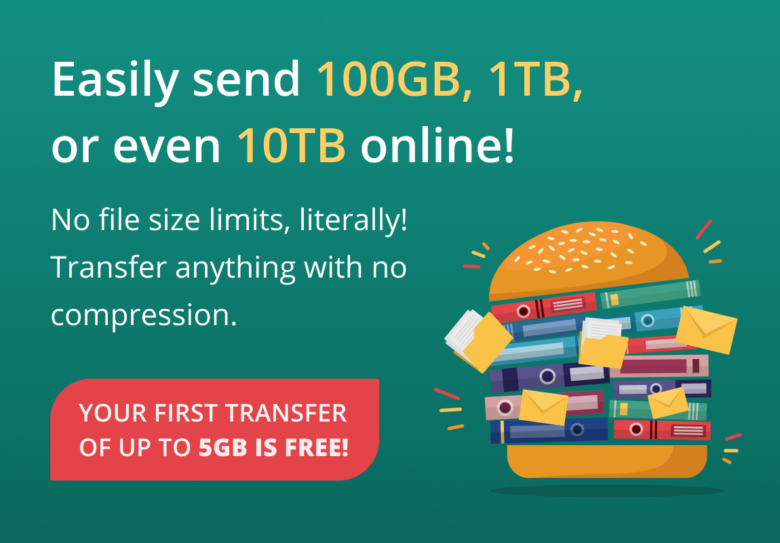
In this article, we will educate you on the most secure ways of sharing your files and data in 2024. They offer secure transfers of files no matter their size or type. Their cheapest option is $.99 and there is no need to subscribe monthly.
Furthermore, they use zero-knowledge encryption security.
1. Dropbox

image source: cbsistatic.com
One of the most popular and widespread ways of sharing all sorts of data is the famous Dropbox. It is used by a variety of different individual users, companies, and institutions as a storage medium for frequently accessed files. The online service uses SSL and TSL to protect the file transfers and creates secure tunnels protected by at least 128 bits of AES encryption security. All of the data located with Dropbox is stored in fragmented file blocks that are next to unrecognizable on their own.
Furthermore, they are highly encrypted and use 256 bits of AES. For even more security, nobody can view the Dropbox folder of a user unless they provide them with the necessary link and permission. This makes it quite secure for everyday use of work, school, and private files and data alike.
2. Google Drive
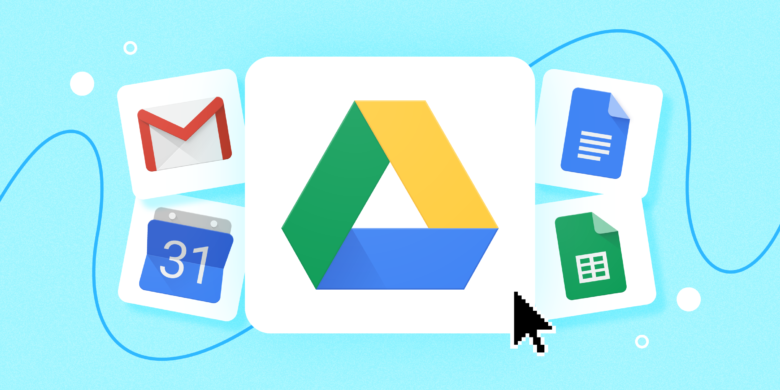
image source: insider.com
Google Drive is the main online cloud storage service of the tech giant Google. Naturally, the conglomerate has its version of every major internet service including storage. In general, cloud storage is though off as not that secure and people often avoid it if they can store their files on their hard drives or other physical media. However, Google Drive is an exception since it is quite secure and does a great job of sharing files and promoting collaboration. The company uses high levels of encryption just with all of their other services. Whenever a file is uploaded to the cloud, it becomes secured with SSL and TLS, as well as 128 and 256 bit AES keys.
The security of a file being shared while in transit is a guaranteed 100%, as no intruders are able to scan the files or take control of its destiny. Google Drive is most popular for teamwork, and its only downside is a limited storage plan of only 15 GB.
3. NFC
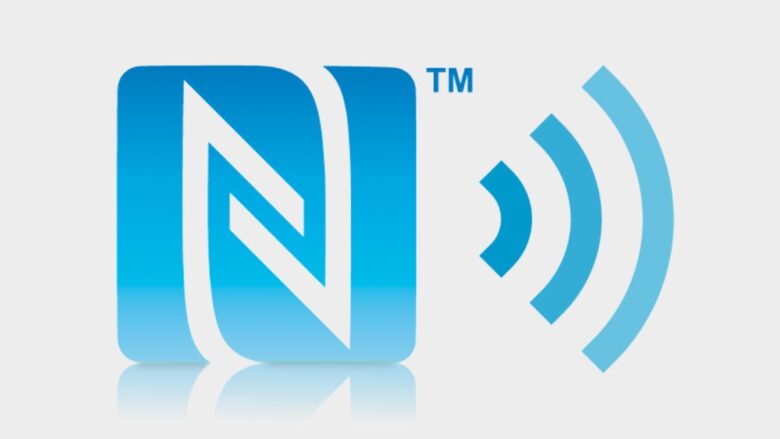
img source: futurecdn.net
Since you probably own a smartphone, which is probably not your first smartphone either, you have heard about the NFC technology. Near field, communication is a feature of devices that can be thought of as the more modern version of Bluetooth, and especially Infrared file sharing. It allows free and safe file sharing from one mobile device to the other. The feature was first made to allow payments, a feature Apple introduced first.
However, its potential was quickly recognized and it became a neat way of sharing files as well. NFC uses special processors and top-tier encryption to stably and securely transfer whatever is currently on the screen of one device onto the other. Although very beneficial, it is highly advised to keep NFC turned off whenever you are not using it to prevent intruders from tapping into your files as you move around the city.
4. Physical Media
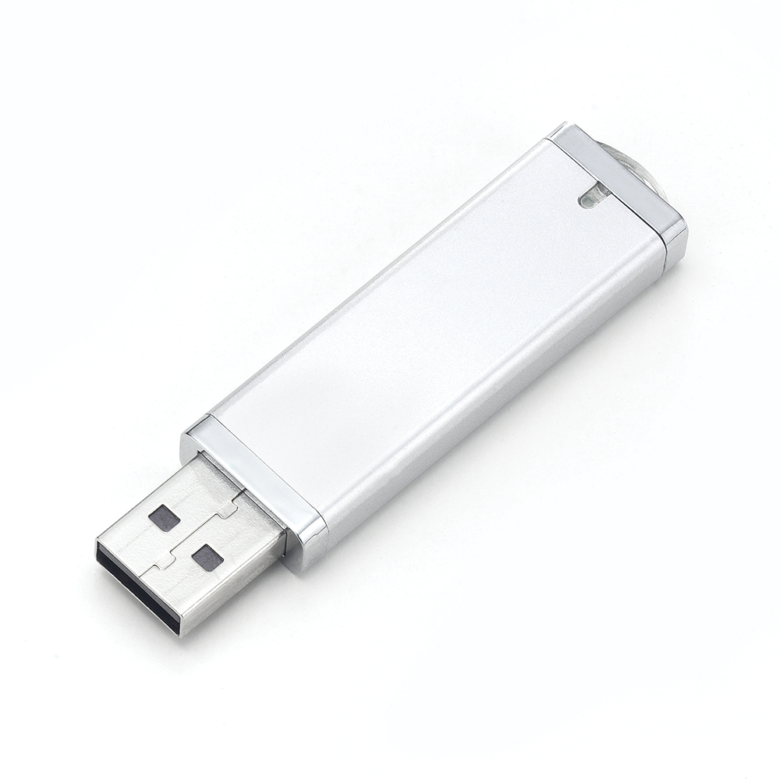
image source: shopify.com
However secure modern online services may be, there is nothing that can beat the good old-fashioned way of doing things. External hard drives and USB flash drives are still largely present in the modern world, and it is the preferred way of transferring data for millions of people all over the world. Having a USB flash drive as a keychain is one of the best things you can do as you will always be able to transfer something if need be. Just make sure not to carry around valuable data for too long in case you lose your keys. Simply transfer it and delete it afterward.
Similarly, external hard drives offer so much space and are physically small and light that you do not have to keep anything big or important on your computer. You can have one dedicated to movies, one to music, and one to photos. This allows for free space on your device and keeps your treasured files nearby at all times. Most modern external HDDs and SSDs, as well as USB flash drives, use the latest technologies and offer some lightning-quick download and upload speeds. Everyone should have at least one flash drive and one external hard drive for their everyday needs.
Conclusion and Takeaways
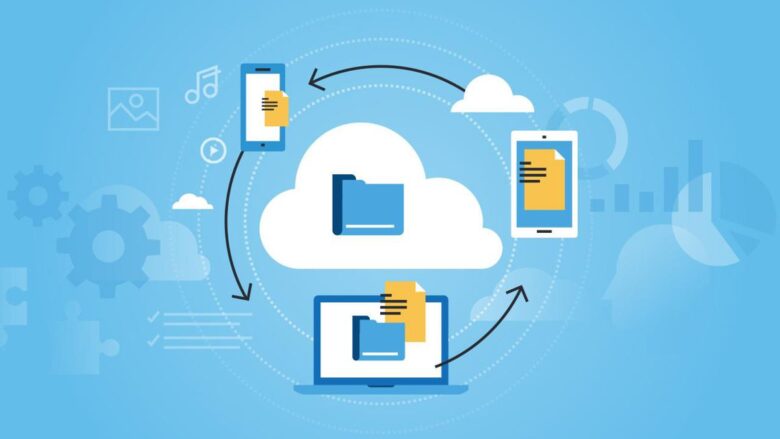
image source: nationalcybersecuritynews.today
As you can see, file transfers and sharing can be done in a variety of different ways. Depending on what kind of files you share and how frequently, there are several options to choose from. Our advice is to give all of them a shot and determine what works best for you. You will probably find that it mostly comes down to the situation, i.e. the amount, size, and importance of the files.
Online sharing with Dropbox and Google Drive may not always be useful if you have to share a ton of files, so make sure to get yourself an external drive of at least 2 TB. For quick sharing on mobile devices, nothing beats NFC, but older technologies like Bluetooth are still viable.
If you are a true fan of old-timey things, burn some files onto a DVD, and go full old-school, just make sure that the computer you are transferring to has a DVD reader!




